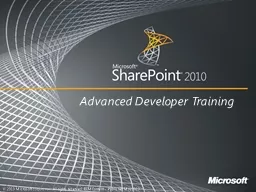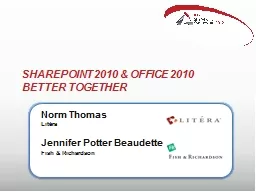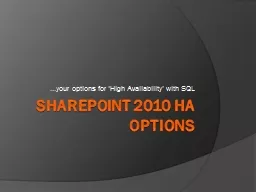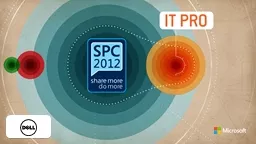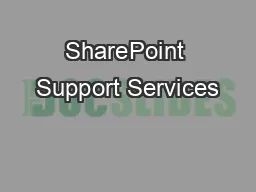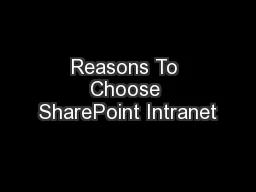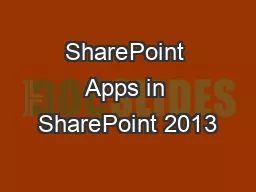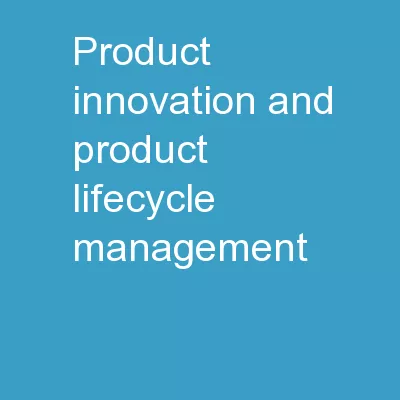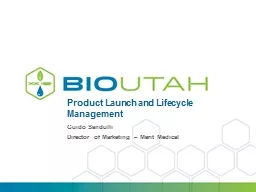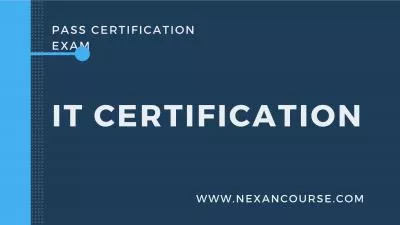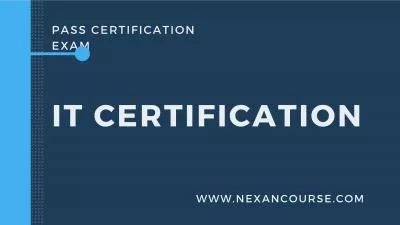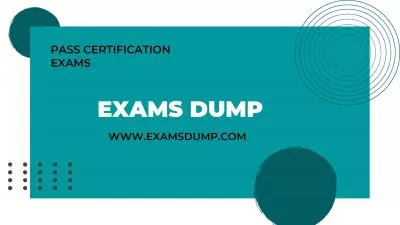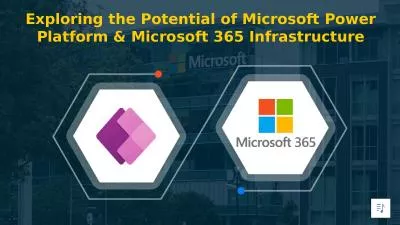PPT-Application Lifecycle Management in SharePoint 2010
Author : trish-goza | Published Date : 2016-05-27
Name Title Company Agenda Application life cycle process with SharePoint 2010 Tools and processes to manage life cycle of portals Setting up team development Update
Presentation Embed Code
Download Presentation
Download Presentation The PPT/PDF document "Application Lifecycle Management in Shar..." is the property of its rightful owner. Permission is granted to download and print the materials on this website for personal, non-commercial use only, and to display it on your personal computer provided you do not modify the materials and that you retain all copyright notices contained in the materials. By downloading content from our website, you accept the terms of this agreement.
Application Lifecycle Management in SharePoint 2010: Transcript
Download Rules Of Document
"Application Lifecycle Management in SharePoint 2010"The content belongs to its owner. You may download and print it for personal use, without modification, and keep all copyright notices. By downloading, you agree to these terms.
Related Documents

